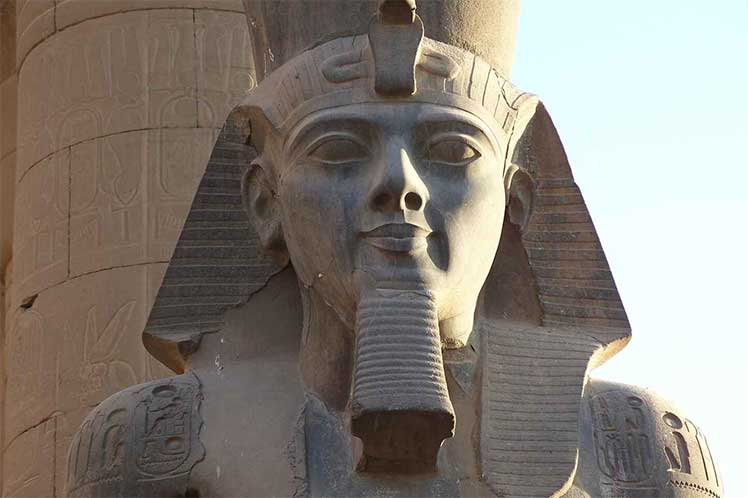Mostafa Waziri, secretary general of the Supreme Council of Antiquities, made a statement on the importance of the find since Ptah-M-Wia was also a royal scribe, supervisor of cattle and responsible for the sacrifices to the deities in the temple of Ramses II, in Thebes.
Waziri said the area where the discovery was made houses tombs of top officials of the New Kingdom, including the tomb of renowned military commander Haremhab.
The head of the archaeological mission, Ola El-Egazy, said for his part that Ptah-M-Wia tomb design is similar to the design of the other tombs near to it.
The style is known as “tomb-temple” because it consists of an entrance in the form of an edifice, followed by one or more courtyards, with the tomb ending at the western side with a shrine for deities headed by a pyramidion.
The entrance is the only part discovered and is carved in stone engraved with scenes showing Ptah-M-Wia.
Cairo University archeological mission said that the mission also had completed all the work of the tomb of the supreme commander of the army during the reign of King Seti I and his son, King Ramses II, both of whom were members of the 19th dynasty.
pgh/llp/jcm/rob









